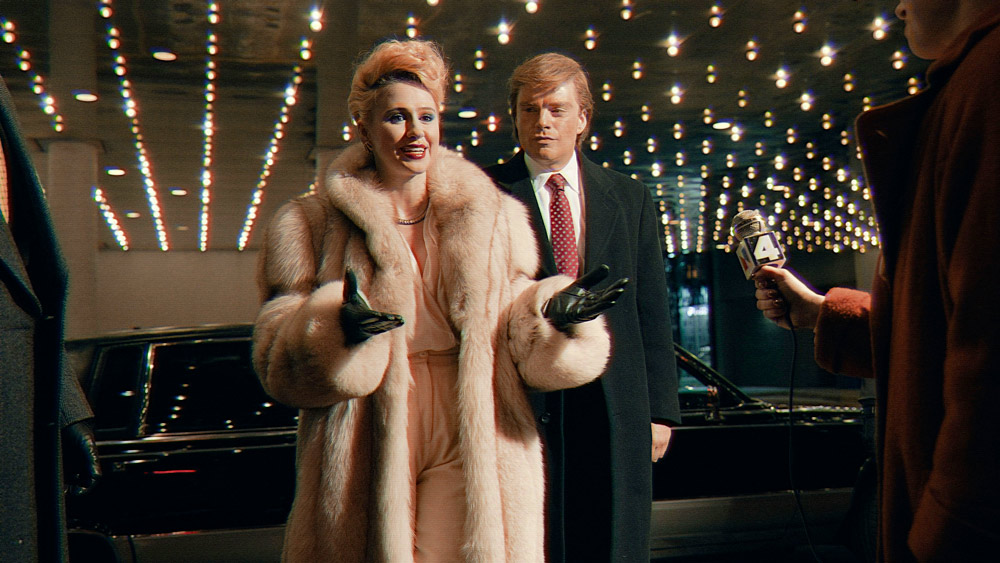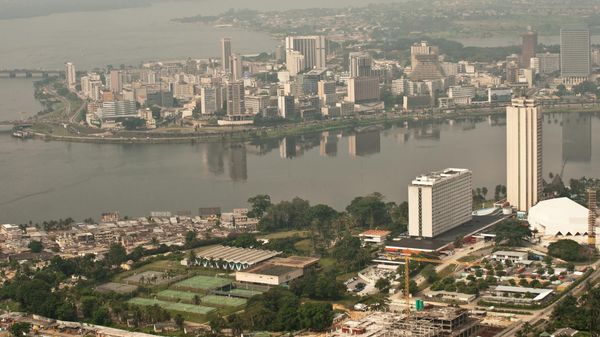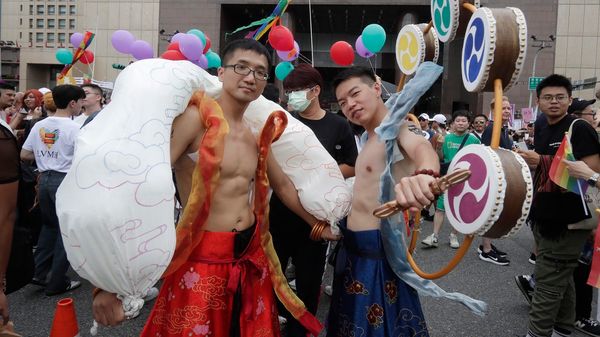
December 31, 2017
MCC-SF's Brick Memorial Likely Can't Be Salvaged
Tony Taylor READ TIME: 4 MIN.
If the "Miracle on Eureka Street," a sidewalk brick memorial, is to be saved when the old Metropolitan Community Church-San Francisco building is demolished, it likely won't be in the same form it is today.
The San Francisco Historic Preservation Commission met December 20 to discuss plans to tear down the old MCC-SF building at 150 Eureka Street, while church officials told the Bay Area Reporter that the bricks likely cannot be salvaged.
In another matter, the panel also unanimously adopted the Eureka Valley Historic Context Statement.
Presented by planning department staff member Jenny Delumo, the draft environmental impact report for the 150 Eureka Street Project was presented to the commission for review and comment. The project site is currently developed with a two-story building, which most recently housed the LGBTQ-identified Metropolitan Community Church of San Francisco.
In February 2015, MCC-SF sold 150 Eureka Street to developer David R. Papale for $2.325 million.
The proposed project, located in a residential house-two-family district, would demolish the existing church building, split the existing lot into two lots, and construct two, four?story buildings with a total of four residential units and eight off?street parking spaces.
As reported in the B.A.R., the pending construction threatens the Miracle on Eureka Street, a sidewalk memorial installed by MCC-SF in 2011. The memorial is composed of yellow bricks engraved with names of LGBTQ activists, politicians, business leaders, military heroes, allies, community members, LGBTQ groups, and people who lost their lives to HIV/AIDS. Founding B.A.R. publisher Bob Ross, who died in 2003, is among those memorialized.
"The [Miracle] brick sidewalk at 150 Eureka was evaluated by the contractor that installed the sidewalk at the request of MCC-SF," wrote MCC-SF's Lynn Jordan in a statement to the B.A.R. "The contractor determined that it would not be cost effective or feasible to remove and relocate the sidewalk without seriously damaging the integrity of each of the individual bricks."
According to Jordan, MCC-SF has the "archival documentation and specifications required to replicate the bricks installed on the Miracle sidewalk that will require ongoing negotiations, lengthy approval processes, and requisite funding sources."
There have been some preliminary discussions of the brick memorial being recreated in another form by Openhouse, the LGBT senior housing agency.
Karyn Skultety, executive director at Openhouse, told the B.A.R. earlier this month that Openhouse and MCC-SF are working on "identifying a way to re-create the bricks/memorial as part of our new building and construction at 75-95 Laguna."
MCC-SF purchased the building in 1979 and occupied the space for 36 years until February 2015, when the church moved in with the First Congregational Church at 1300 Polk Street. The Eureka Street building, constructed in 1909, has lost integrity, which made the second story unsafe and uninhabitable to MCC-SF for many years.
During commissioners' comments, Vice President Aaron Hyland was undecided about how best to preserve the context of a building that once meant so much to the LGBTQ community.
"While I'm torn because the events [at MCC-SF] are important and close to home for me - I participated in some of them and went to services - the building has no integrity left," Hyland said. "The project sponsor [Papale] has been honest in evaluating this project and how best to make it work. They've always tried to show why the preservation alternative is so horrible and I commend [them] for that."
Commissioner Jonathan Pearlman agreed with the "thoughtful examination," but noted the lack of historical significance post-reconstruction.
"If new buildings are built, they would not be the historical buildings," Pearlman said. "A sign would be a valid mitigation measure, otherwise, no one would know. On a walking tour, that [significance] could be noted."
Pearlman mentioned the inclusion of 150 Eureka Street in current tours like Detour, an app that guides 30-90-minute audio walking tours, including an audio walking tour narrated by gay longtime activist Cleve Jones.
"[Jones] has a stop in front of this building talking about its cultural history," Pearlman said. "It's already in the [tour] that the significance of this building is there. I believe the DEIR is adequate and talks about the issues. Architecturally, there is little significance."
Project sponsor Papale, the developer who purchased 150 Eureka Street, questioned how to "interpret the appropriate scope of a walking tour for a building."
"It's open to interpretive plan," said Delumo. "We thought of working with existing tour groups in the Castro because this particular site has so much importance. The Historic Context Statement provides a lot of background information. We don't really get that specific at this stage [of the DEIR]."
"I would be appreciative if the commission could provide direction in a letter about exactly what [we are] supposed to do," said Papale.
Hyland agreed the commission could be more specific, suggesting a sidewalk plaque or a plaque on the building. "Maybe the GLBT Historical Society [could act] as keeper of information for the tour, that might be able to satisfy the mitigation," he said adding, "there are many aspects to be fleshed out."
Terry Beswick, executive director of the GLBT Historical Society, said the organization is "concerned" about MCC-SF's archives. It has a Historic Places Working Group that he said is monitoring the situation.
"We are deeply concerned about the preservation of MCC's archives and of all the stories associated with LGBTQ historic places throughout San Francisco," Beswick wrote in an email. "Personally, I feel like I spent my youth in that building, and I grieve its loss like an old friend. We hope the developer of 150 Eureka reaches out to us to ensure these stories are preserved and shared."
The planning commission will hold a public hearing to receive comments on the DEIR Thursday, January 18. Written comments on the DEIR will be accepted at the planning department until 5 p.m. Tuesday, January 23.
In another matter, the Eureka Valley Historic Context Statement was presented to the commission for adoption and commissioners approved it 6-0.
The statement includes information on historic and cultural resources, and information needed to make informed planning decisions, prioritize preservation goals, evaluate potential historic resources, and provide a narrative of the community's history.
"I was seriously impressed with the study," said Commissioner Richard S.E. Johns. "It's very well done and I think it will be very useful."
The commission then closed on its last item of 2017.
"We're all here in honor of Mayor Ed Lee," said President Andrew Wolfram, referring to Lee's unexpected death December 12. "We honor and remember his service for years."







